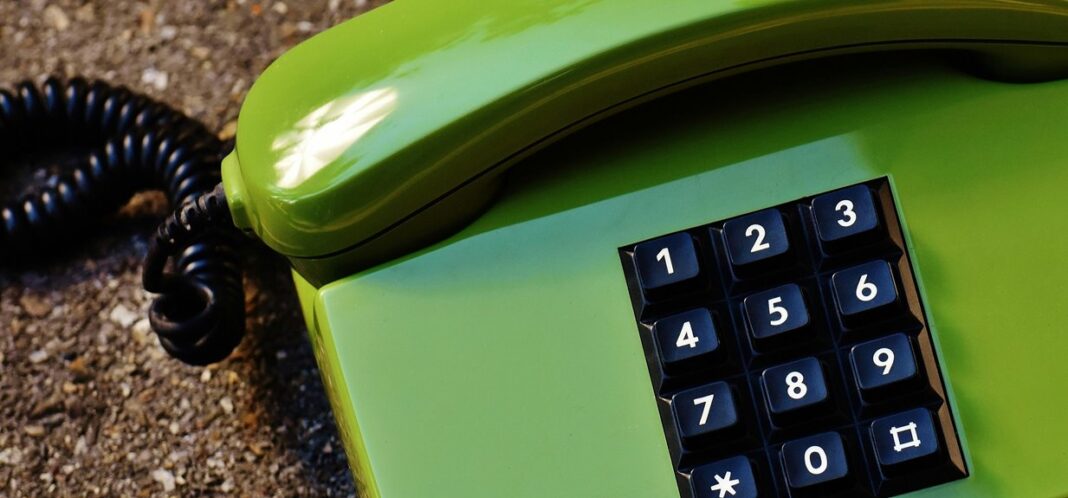The call breakdown of 2014740780 serves as a case study in understanding regional telecommunication patterns. The New Jersey area code suggests specific dialing behaviors typical of local calls. By examining this number’s characteristics, one can uncover potential indicators of scams or fraudulent activities. Such insights may lead to broader conclusions about communication trends. What implications could these findings have for individuals encountering unfamiliar numbers?
Understanding the Geographic Origins of 2014740780
Although the number 2014740780 may initially appear as a random sequence, its geographic origins can be discerned through a detailed analysis of its area code and subsequent digits.
The area code 201 is associated with New Jersey, indicating its geographic significance.
Regional dialing patterns reveal further insights into the number’s location, highlighting the importance of understanding telecommunications infrastructure for effective communication and freedom of information.
Identifying Potential Scams Associated With the Number
How can one discern the legitimacy of calls originating from the number 2014740780?
Identifying potential scams requires awareness of common scam indicators, such as unsolicited requests for personal information or urgent pressure tactics.
Caller tactics may include spoofed identities or promises of unrealistic rewards.
Analyzing Patterns of Unfamiliar Calls
What patterns can be discerned from unfamiliar calls received by individuals?
Analysis reveals varying call frequency and distinct number formats, indicating potential origins.
Regional numbers often exhibit consistent dialing patterns, while international calls may present unusual formats.
Understanding these characteristics assists in identifying the nature of such calls, enabling individuals to make informed decisions regarding their response and enhancing their autonomy in communication.
Best Practices for Handling Unknown Numbers
Recognizing the patterns in unfamiliar calls sets the stage for implementing effective strategies for managing such communications.
Practicing unknown caller etiquette, such as letting calls go to voicemail, allows individuals to assess legitimacy without immediate engagement.
Additionally, utilizing call-blocking features effectively mitigates spam calls, fostering a more secure communication environment while preserving personal freedom to choose when and whom to communicate with.
Conclusion
In the labyrinth of communication, the call from 2014740780 serves as a beacon, illuminating the intricate web of regional connections and potential threats. By deciphering the origins and patterns of such numbers, individuals can navigate the murky waters of unfamiliar calls with confidence. Embracing best practices equips them with the tools to distinguish genuine inquiries from deceptive schemes, ensuring that the autonomy of their communication remains intact, like a sturdy ship sailing through tumultuous seas.
